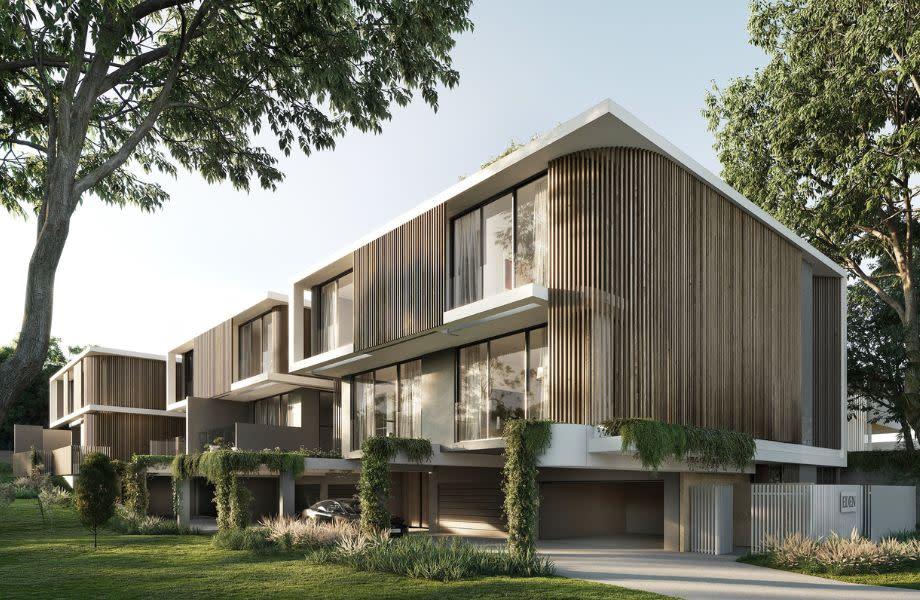

AUSTRALIA'S PREMIER CONFERENCE FOR THE PROPERTY INDUSTRY | JULY 30 - AUGUST 1JULY 30 - AUGUST 1 - The Star, Gold Coast
Resources
Newsletter
Stay up to date and with the latest news, projects, deals and features.
Subscribe
Major players are moving in on Brisbane greenfield sites that three years ago they wouldn’t have looked at twice.
Chapter Two director Oliver Bagheri, who will present at The Urban Developer’s Brisbane Residential Summit on June 8, said that the dearth of land was causing seismic changes in the residential development sector, especially at the smaller end.
“If you look at a map of South-East Queensland, it appears as though there’s large concentrations of developable land which may easily service demands of the expected population growth over the next 10, 20 or 50 years.
“The reality is that it’s not readily developable—this land is limited by planning scheme overlays, environmental corridors or physical constraints.”
The pandemic also accelerated supply challenges as Brisbane became an attractive market for developers, buyers and sellers.
“As we transitioned through the various waves of Covid, it became evident there was a clear uptick in transaction volumes,” Bagheri said.
“Initially we observed this at the retail purchaser level, which when compounded with investor demand resulted in larger numbers of site acquisitions than pre-covid”
“But both segments of the market were underpinned by a wave of capital from privates and institutions domiciled here and offshore.”
This brings us to the challenging situation we are in today.
“Institutional developers are now considering smaller greenfield community options than they usually would, as well as opportunities further afield, because they are finding it much harder to identify and purchase large sites,” said Bagheri.
“The smaller end of the market where Chapter Two operates is now also being fiercely contested by larger well established private developers.
“Once upon a time, the larger established developers wouldn’t bother looking at anything under, say, 50 lots. Fast forward to now, we see them regularly pursuing opportunities of under 50 lots and sometimes as small as 15 lots, offering vendors unbeatable pricing and terms.
“In some cases, we even share similar capital bases with our competitors and are competing for the same sites.”

Compounded with labour shortages, high construction costs and long approval times, it is a tricky situation for developers, especially those at the smaller end, to traverse.
“It’s a perfect storm – quite simply developable land is scarce”.
“Brisbane has benefitted from being a ‘village town’, which it is no longer and we’re on the trail to the Olympics—its value proposition has become very clear, and this is creating a highly competitive market.”
But smaller developers can focus on planning and preparation to ensure they have a strong position going forward.
“In terms of forecasting, we’re focusing on working closely with our project teams to ensure we can move swiftly when site opportunities materialise”
“We’re spending much of our time engaging with our project team as early and as often as possible in an attempt to analyse opportunities quickly and pierce through the market noise, understanding that Brisbane’s value proposition is very strong.”
The Urban Developer Brisbane Residential Developer Summit will take place in Brisbane on Thursday, June 8. The summit will also offer premium networking opportunities that will allow attendees to connect with like-minded professionals, industry leaders, and potential partners.